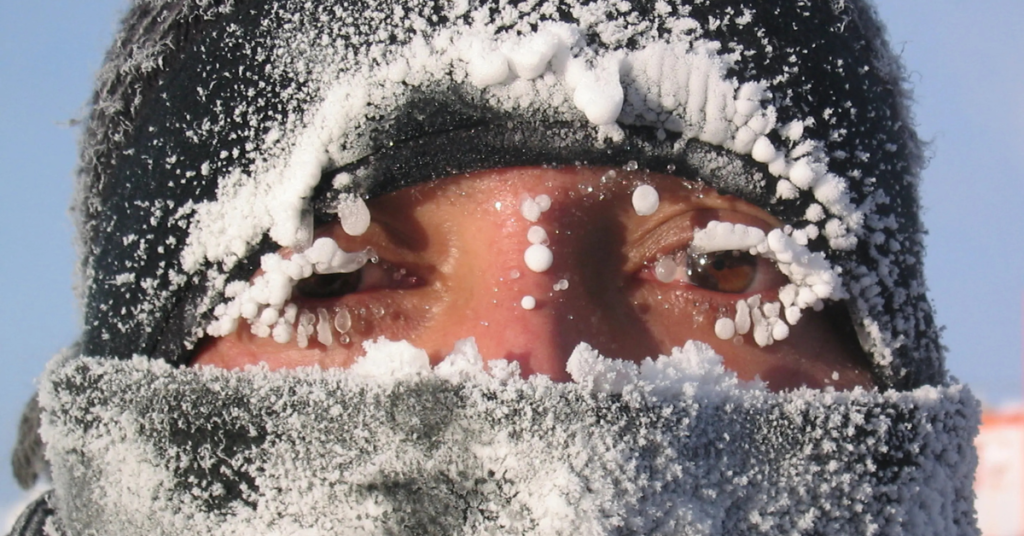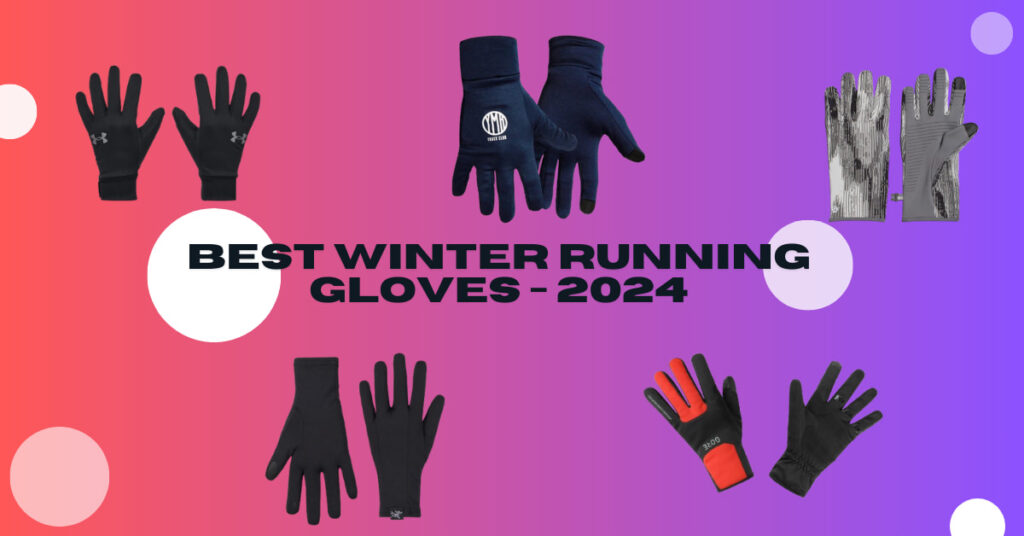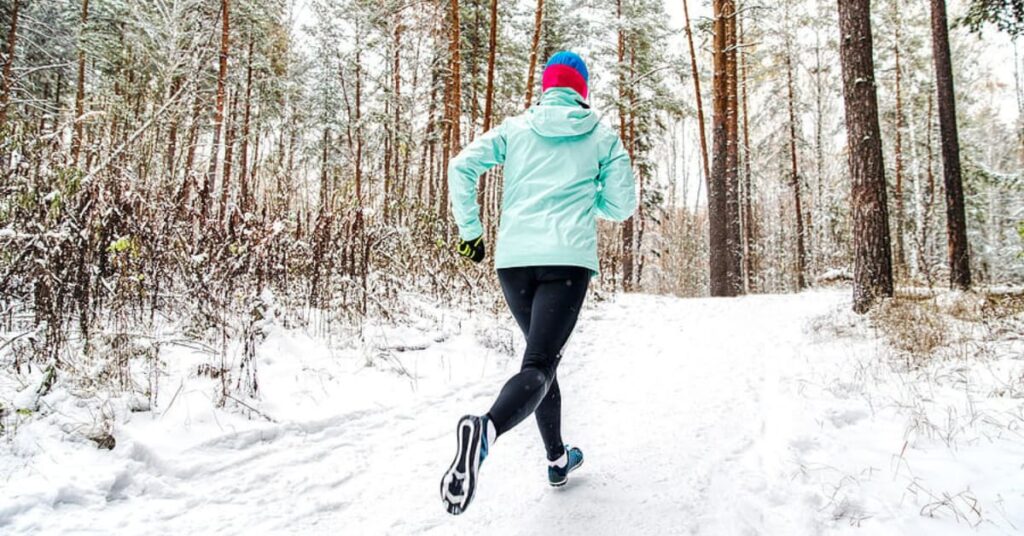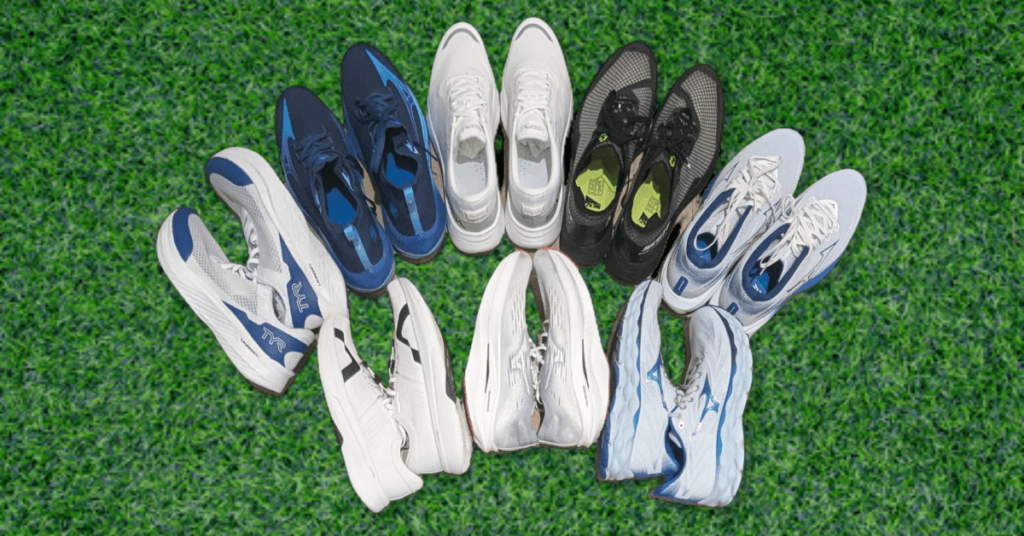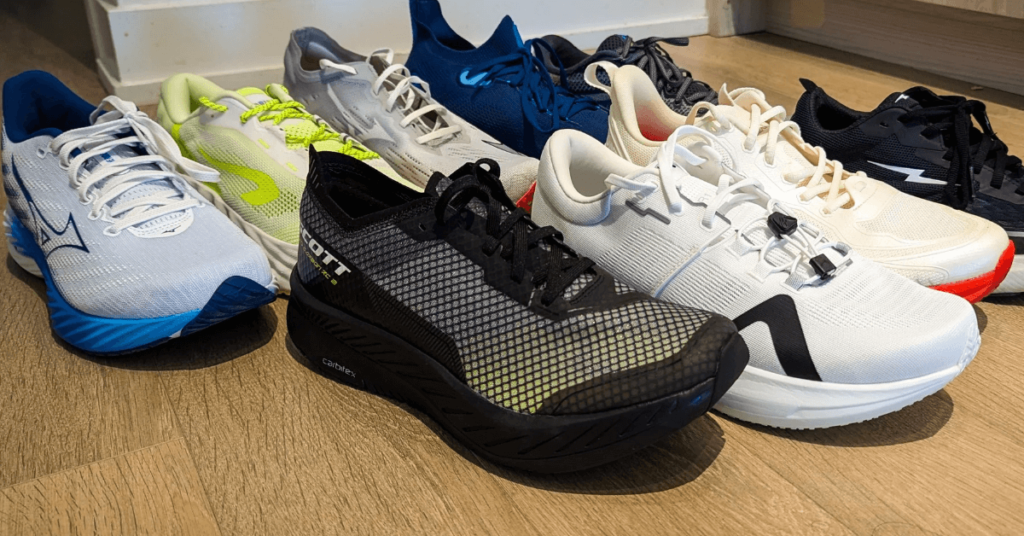Baking Soda for Running Performance: Boost or Bust?
Would you take a spoonful of baking soda before a race? It sounds unusual, but sodium bicarbonate—commonly known as baking soda—has sparked heated debate in the running community. Some athletes swear by its performance-enhancing benefits, while others fear its side effects. But what does science say? Let’s dive in. The Science Behind Sodium Bicarbonate as […]
Baking Soda for Running Performance: Boost or Bust? Read More »



